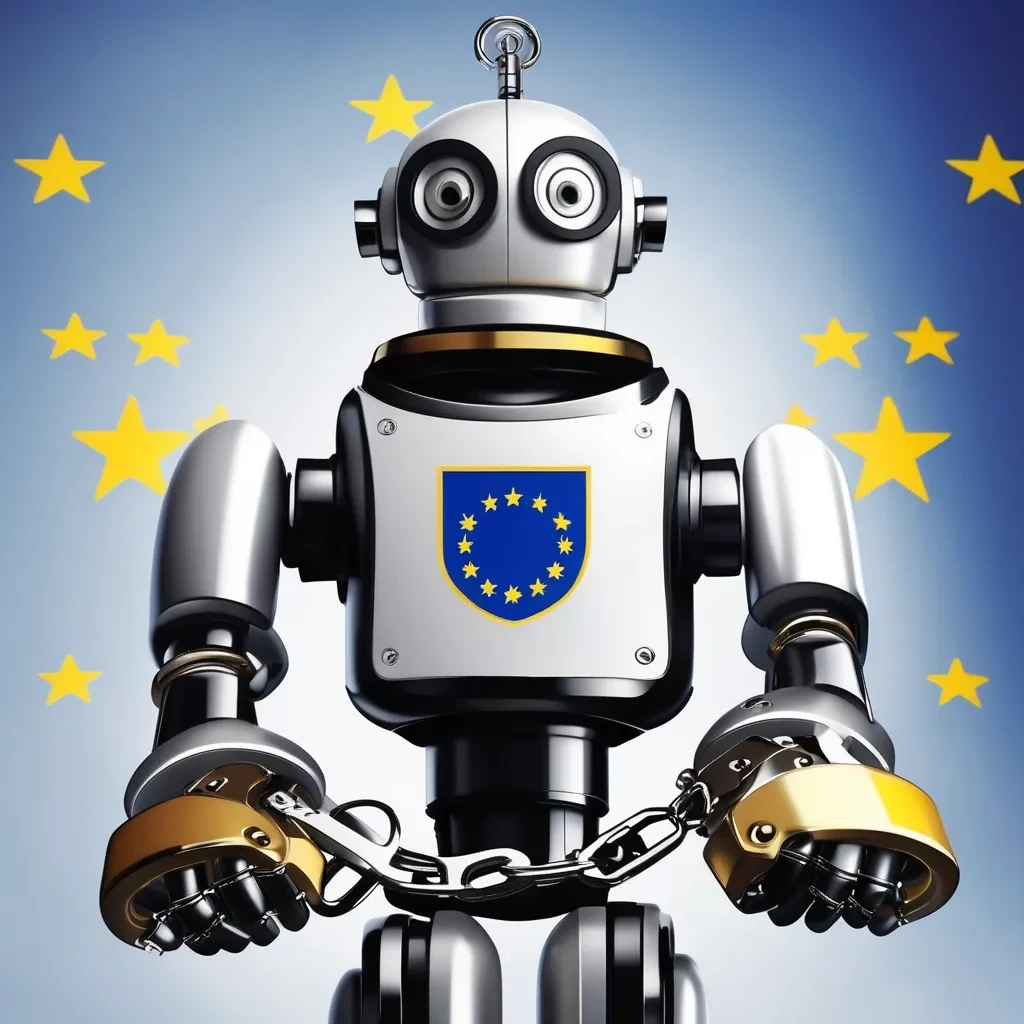By: John Vantine
On February 8th, a federal jury awarded French luxury design house, Hermès, $133,000 in damages for “trademark infringement, dilution, and cybersquatting.”[1] The verdict comes on the jury’s finding that artist, Mason Rothschild’s, “MetaBirkin” non-fungible tokens (NFTs) are not protected as free speech under the First Amendment and that they violated Hermès’ trademark rights.[2]
NFTs, digital assets with unique identifying codes, frequently take the form of artwork and have exploded in popularity and price in recent years.[3] Rothschild created 100 MetaBirkin NFTs as a “commentary on the way that society places artistic value on status symbols and high valued goods” and sold them at Miami’s Art Basel fair in 2021.[4] During trial, an expert estimated that Rothschild made $87,700 worth of Ethereum from his sales of MetaBirkin NFTs.[5]
Rothschild argued that the First Amendment protected his NFTs, in the same way it protected Andy Warhol’s Campbell’s soup can prints.[6] His legal team also relied upon the “Rogers” test, first established in Rogers v. Grimaldi.[7] In Rogers, the Second Circuit held that “artistic works” are free from trademark restrictions unless “the public interest in avoiding consumer confusion outweighs the public interest in free expression.”[8] The test stems from the confusion standard set forth in the language of the Lanham Act.[9]
Hermès contended that consumer confusion was present, as “some media outlets had incorrectly identified the MetaBirkins as being a project endorsed by Hermès.”[10] The design house also argued that Rothschild initiated consumer confusion by “creating domain names and social media handles bearing the Birkin moniker.”[11] Rothschild rebutted “that the fact that he markets and sells his art doesn’t mean that it is no longer art.”[12]
The commercial element of Rothchild’s NFTs is significant as well. NFTs “are often traded on digital markets,” which “may create the perception that [Rothschild] is selling digital assets ‘that just happen to have his art attached to [them].’”[13] However, art’s commercial nature can be difficult to pin down, as “physical artwork is also traded on a market.”[14]
While Hermès has not yet attempted to enter the NFT market, the firm’s general counsel, Nicolas Martin, feels that any possible future attempts to do so will be hampered by Rothschild’s works, “as there will always be a reference to the MetaBirkins.”[15] In fact, Hermès mentioned in a court filing that it “has its own plans for NFTs.”[16] As NFT popularity expands, Martin’s contention is not as far-fetched as it may appear. In recent years, many brands, including Louis Vuitton, Nike, Ray-Ban, and Lamborghini, have launched NFT offerings of their own.[17]
In March, The Supreme Court will hear argument in Jack Daniel’s Properties, Inc v. VIP Products LLC[18], a case which “will defined the boundaries of the Rogers test.”[19] The outcome of the case “will play a key role in any future appeals and new NFT cases.”[20]
While Rothschild’s team contended that Hermès “was improperly going after a small, independent artist with humble beginnings,” the design house raises legitimate concerns about the impact that MetaBirkin NFTs have on the security of Hermès’ intellectual property.[21] Regardless of one’s feelings about the jury’s decision here, clearly the relationship between art and trademark law is evolving, and will continue to develop, in the digital age.
[1] Blake Brittain, Hermes wins U.S. trademark trial over ‘MetaBirkin’ NFTs, Reuters (Feb. 8, 2023, 2:15 PM), https://www.reuters.com/legal/hermes-wins-us-trademark-trial-over-metabirkin-nfts-defendants-lawyer-2023-02-08/.
[2] Isaiah Poritz & Hadriana Lowenkron, Hermès Defeats MetaBirkins in the First NFT Trademark Trial (1), Bloomberg L. (Feb. 8, 2023, 1:42 PM), https://news.bloomberglaw.com/ip-law/hermes-gets-win-over-metabirkins-in-first-nft-trademark-trial.
[3] Robyn Conti & John Schmidt, What Is An NFT? Non-Fungible Tokens Explained, Forbes (Apr. 8, 2022, 8:36 AM), https://www.forbes.com/advisor/investing/cryptocurrency/nft-non-fungible-token/.
[4] Isaiah Poritz, First NFT Trademark Pits Hermès Against MetaBirkin Artist, Bloomberg L. (Jan. 27, 2023, 4:32 PM), https://news.bloomberglaw.com/ip-law/first-nft-trademark-trial-pits-hermes-against-metabirkin-artist.
[5] Poritz & Lowenkron, supra note 2.
[6] Id.
[7] Id.
[8] Rogers v. Grimaldi, 875 F.2d 994, 999 (2d Cir. 1989).
[9] 15 U.S.C. § 1125.
[10] Poritz & Lowenkron, supra note 2.
[11] Poritz, supra note 4.
[12] Id.
[13] Id.
[14] Id.
[15] Poritz & Lowenkron, supra note 2.
[16] Brittain, supra note 1.
[17] Vanya Gautam, 10 Big Brands That Have Dipped Their Toes Into The NFT World, India Times (Feb. 2, 2022, 12:48 PM), https://www.indiatimes.com/worth/investment/brands-that-have-entered-nft-world-560907.html.
[18] Jack Daniel’s Properties, Inc. v. VIP Products LLC, SCOTUSblog, https://www.scotusblog.com/case-files/cases/jack-daniels-properties-inc-v-vip-products-llc-2/ (last visited Feb. 11, 2023).
[19] Poritz, supra note 4.
[20] Id.
[21] Poritz & Lowenkron, supra note 2.

Image Source: https://www.highsnobiety.com/p/hermes-metabirkin-nft/
 The EU AI Act: Pioneering Regulatory Framework for Artificial Intelligence
The EU AI Act: Pioneering Regulatory Framework for Artificial Intelligence






